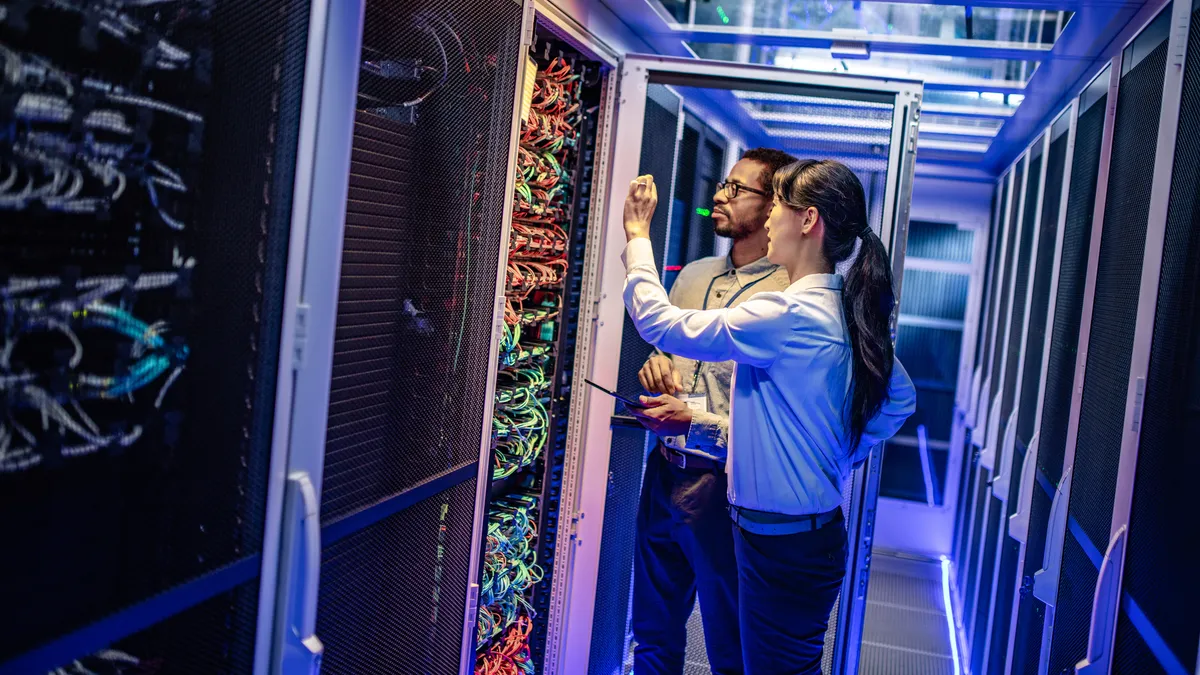The following is a guest article from Risto Siilasmaa, chairman of the board of directors, Nokia Corporation.
I was fascinated by artificial intelligence during the end of the '80s and spent numerous hours working on Natural Language Processing challenges using a weird and wonderful programming language called Lisp.
The effort didn't really amount to much, but at least I could forever claim I had worked in the hallowed field of AI.
In 2006, the cybersecurity company I founded in 1988 started using neural networks to identify malicious applications. Though F-Secure didn't immediately enjoy much success with it — as often happens when you're just a little bit too early with a new technology — it was my second brush with AI and my first with machine learning.
Third time lucky? The current renaissance with machine learning took off around 2012, and I continued to feed my fascination with the promise of intelligent machines through books and meetings with researchers on the topic.
As chairman of Nokia I was fortunate to be able to worm my way into the calendars of the movers and shakers of the AI world. From my various engagements, I only understood bits and pieces and believed the topic was just so difficult that it would take ages to truly comprehend.
But I also began to doubt my ability to understand and became frustrated with my discussion partners, some of whom seemed more intent on showing off their own advanced understanding of the topic than explaining what they knew in plain, comprehensible language.
So, I spent some time complaining. Where could I find good material explaining how machine learning works in terms that would speak to an engineer who loves to understand how things work?
Don't let your role define you
Suddenly I remembered what being an entrepreneur meant. An entrepreneurial mind does not just complain to others, but always considers fixing the issue oneself. An entrepreneur refuses to be defined by his or her current role.
As a long-term CEO and chairman, I've gotten used to having things explained to me. Somebody else does the hard work and I can focus on figuring out the right questions.
Sometimes CEOs and Chairmen may feel doing the hard work to understand the nuts and bolts of technology is in some way beneath their role; that it's enough for them to focus on "creating shareholder value." Alternatively, they may feel that they can't learn something seemingly complicated and, therefore, don't consider trying.
Neither one is the entrepreneurial way.
Why not study machine learning myself and then explain what I learned to others who are struggling with the same questions? Perhaps I could motivate them to study new technologies and lead by example. Maybe I could inspire people in the various companies I'm involved with to take action through study and hands on use of a machine learning.
With a quick internet search I found Andrew Ng's courses on Coursera. I started with machine learning and had a lot of fun getting reacquainted with programming. Ng turned out to be a great teacher who genuinely wants people to learn.
Once I completed the first course, I continued with deep learning specialization courses and, after a few months, finished going through them. I also spent some time reading research papers and articles on machine learning architectures and algorithms not covered by Ng's courses and invited him to speak to the Nokia board and leadership team members for a discussion on the opportunities to use machine learning.
It didn't take long before I was able to appreciate both the shortcomings and strengths of the current state of machine learning. It turned out to be both much less than I expected, but at the same time, in many applications, more powerful and much more fascinating than I dared hope.
Over time I gained enough understanding to explain what I felt were the most important aspects of machine learning to CEOs, politicians, academics (in other fields) and frankly, any decision makers. Inspired by Ng, I wanted to provide them with intuition on these four key questions:
-
Why is machine learning so topical right now?
-
How does machine learning actually work?
-
Why is it dangerous to ignore machine learning?
-
What should governments, universities and companies do?
Key takeaways
Machine learning really is just math. And relatively simple math at that.
The technology is not programmed; it is taught with data. The value you get from machine learning is a function of the quality of the data you feed it. For this reason, humans tend to transfer their own biases when teaching machine learning systems.
Another meaningful takeaway is that artificial intelligence in a neural network is just a long list of "weights"; i.e.; numbers. By exporting those numbers via, for instance, a memory stick to another "empty" neural network with the same structure, you can transfer all the learning.
Because the intelligence is really just numbers and the architectures are relatively simple, it is not truly intelligence at all. Thus, machine learning systems do not really understand — yet.
Furthermore, machine learning is a one-way street. You can have a neural network recognize faces, but you cannot ask it to describe any of the faces it knows. If you teach a machine learning system two skills, it cannot combine them to create a third skill because there is no autonomy in machine learning systems. However, there are still several meaningful tasks where machine learning beats humans, hands down.
Machine learning is becoming exponentially more powerful as progress is made in computational power, gathering data and figuring out new learning algorithms. We are only scratching the surface with the current applications of machine learning. The revolution is underway, but only just starting to gain speed.
Keeping this in mind, the creation of a human type of artificial intelligence would require a far-reaching transformational discovery to be feasible and is, therefore, an unfathomable distance away as of today. If ever developed, however, everything described above would be subject to change.
Call to action for all organizations
I strongly believe that key decision makers in all organizations should understand the basics of machine learning. Invest an hour to watch an online video or, if you are a programmer, visit Ng's courses on Coursera.
Only when you have a solid intuition of what machine learning is and how it works, will you be able to ask the right questions.
Once you have a handle on the fundamentals, create a data strategy. Make sure all the data you have access to can be logically utilized through a single interface in order to be able to combine any data sets you have.
Also think about what kind of data you will need down the road to train the AI that will define your competitiveness in three to five years' time.
For larger organizations, make sure you have a central pool of expertise that can help you kick start the use of machine learning systems. You can have that capability as part of your own organization or outsource it if you don't have the capacity to recruit the expertise. You need people you can go to for answers when you are faced with a significant obstacle and wondering, "can I solve this problem with machine learning?"
Start applying machine learning internally for improved quality and efficiency. There are numerous jobs that can be done better and faster if you augment the people working on those tasks with machine learning; and integrate machine learning into your products and services for improved competitiveness with your customers.
Machine learning is a fundamental new technology that can create immense value to humankind. At the same time, it will challenge society. It would be irresponsible not to try to understand how it works.





















